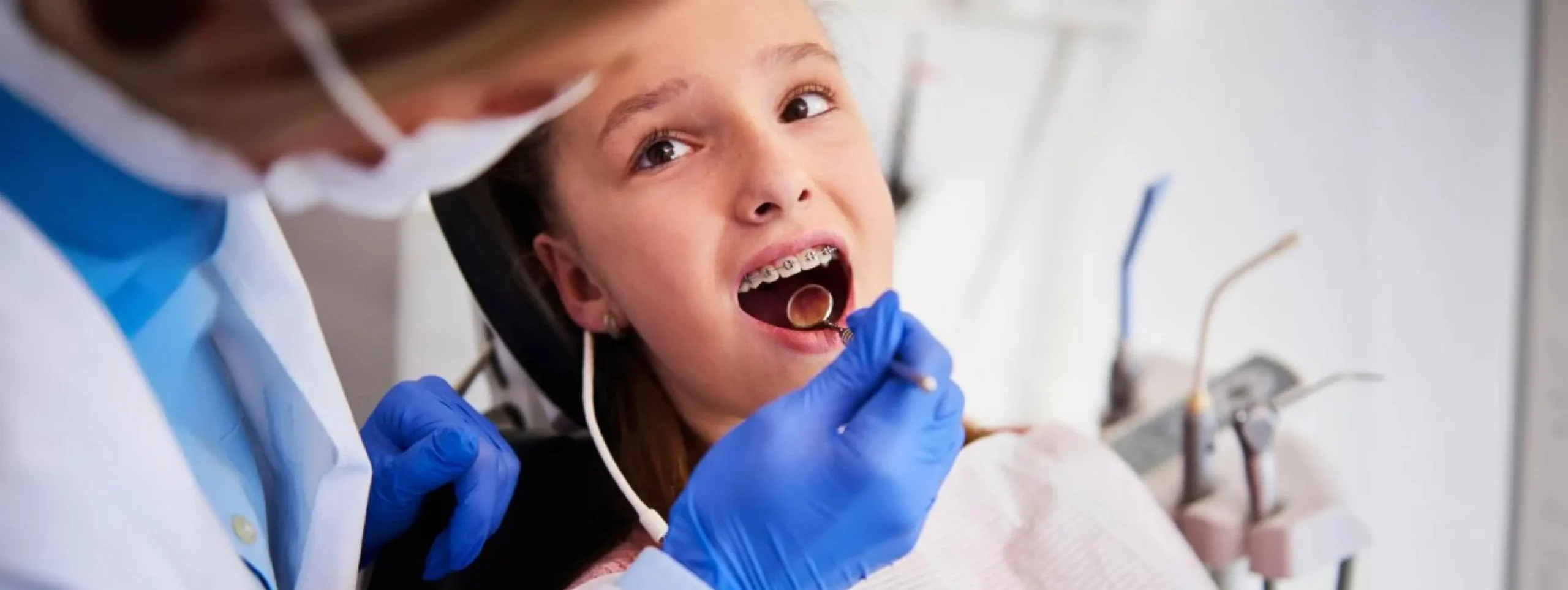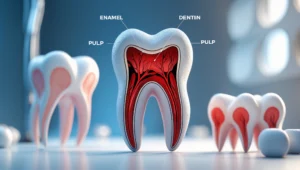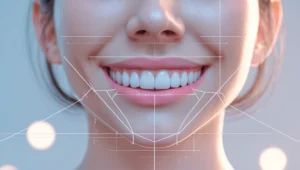Oral and facial trauma can occur unexpectedly, resulting from either accidents, sports injuries, or any other traumatic events. These injuries can have significant physical, emotional, and functional implications, underscoring the importance of prompt and effective management. Oral surgeons are highly trained specialists with expertise in diagnosing and treating oral and facial injuries. This inclusive guide explores the types of trauma, the role of oral surgeons, and advancements in trauma management.
Understanding Oral and Facial Trauma
Oral and facial trauma encompass a wide range of injuries affecting the mouth, jaw, and surrounding structures. These injuries can include fractures, lacerations, soft tissue injuries, and dental trauma.
Common Causes of Oral and Facial Injuries
Accidental Trauma
- Bicycle Accidents: Falls from bicycles or collisions with obstacles or vehicles can lead to facial injuries, including cuts, abrasions, and fractures.
- Pedestrian Accidents: Being struck by vehicles or falling while walking or running can cause facial trauma, head injuries, and dental damage.
- Playground Mishaps: Accidents while playing on playground equipment, such as falls from swings or jungle gyms, may result in facial injuries, including broken bones or knocked-out teeth.
Dental Procedures
- Extractions: Surgical or non-surgical tooth extractions can sometimes result in complications such as accidental damage to adjacent teeth, soft tissue injuries, or fractures of the surrounding bone.
- Orthodontic Treatment: Placement of orthodontic appliances, such as braces or wires, may occasionally cause irritation to the oral soft tissues or minor injuries during adjustments.
Recreational Activities
- Extreme Sports: Participation in high-risk recreational pursuits like skiing, snowboarding, or rock climbing can result in facial trauma due to falls, collisions, or impacts with objects.
- Water-related Activities: Accidents while swimming, diving, or surfing may cause facial injuries such as lacerations, contusions, and fractures.
Role of Oral Surgeons in Trauma Management
Oral surgeons play a crucial role in managing oral and facial trauma. These specialists have undergone extensive training in diagnosing and treating several oral and maxillofacial conditions, including traumatic injuries. Their expertise allows them to address complex trauma cases involving the mouth, teeth, and jaws. Oral surgeons collaborate with other medical professionals, such as emergency physicians and maxillofacial surgeons, to provide comprehensive care for trauma patients seeking oral surgery in Parkland.
Initial Assessment and Stabilization
Initial assessment and stabilization are pivotal in managing oral and facial trauma. Oral surgeons swiftly evaluate trauma patients to gauge injury severity and initiate timely treatment. They prioritize airway patency, breathing adequacy, circulation status, and neurological function assessment. Stabilization techniques include immobilization, hemorrhage control, pain management, and wound care. These measures aim to prevent further damage, alleviate pain, and prepare patients for transportation to advanced care facilities.
Accurate documentation and communication with emergency services ensure seamless transfer and continuity of care. Through prompt assessment and stabilization, oral surgeons facilitate optimal management of trauma, enhancing patient outcomes and reducing complications.
Surgical Interventions
Surgical interventions are paramount in managing oral and facial trauma, highlighting the expertise of dentists in Parkland in this field. These specialists are adept at performing a range of surgical procedures tailored to address traumatic injuries effectively. Here is an insight into surgical interventions:
- Fracture Reduction: Oral surgeons realign fractured bones in the jaw, face, or skull, ensuring proper alignment and function restoration.
- Soft Tissue Repair: Lacerations or tears in oral and facial soft tissues are carefully repaired to promote optimal healing and cosmetic results.
- Dental Implant Placement: Oral surgeons may replace missing teeth due to trauma with dental implants, restoring oral function and aesthetics.
- Bone Grafting: Damaged or deficient bone structures are repaired and augmented using bone grafts, facilitating healing and tissue regeneration.
- Maxillofacial Reconstruction: Extensive facial trauma may necessitate reconstructive surgery to restore facial bones and soft tissues, improving aesthetics and function.
Management of Dental Injuries
Types of Dental Injuries Commonly Associated with Trauma
Dental trauma encompasses various injuries, including:
- Fractured teeth: These may present as cracks, chips, or complete fractures, affecting the tooth’s structure and integrity.
- Luxation injuries: This involves the displacement of teeth from their sockets due to trauma, resulting in misalignment or instability.
- Avulsion: A severe form of dental trauma where the tooth is fully knocked out of its socket, requiring immediate attention to preserve it.
Treatment Approaches for Dental Trauma
Treatment strategies for dental trauma depend on the type and severity of the injury:
- Repositioning and splinting: Displaced teeth can often be repositioned and stabilized using splints to promote proper healing.
- Restorative procedures: Cracked or broken teeth may require fillings, crowns, or veneers to restore their appearance and function.
- Root canal therapy: In cases where dental trauma has caused damage to the tooth pulp (the innermost part of the tooth, which consists of nerves and blood vessels), root canal therapy may be necessary.
Reconstruction and Rehabilitation
Reconstruction plays a pivotal role in restoring oral and facial structures following trauma by:
- Restoring form and function: Reconstruction procedures aim to repair damaged tissues and structures to regain normal function.
- Enhancing facial aesthetics: By addressing facial deformities and asymmetries, reconstruction can improve the overall appearance and restore confidence.
- Improving oral function: Reconstruction helps to restore oral functions such as speech, chewing, and swallowing, which may be impaired due to trauma.
Rehabilitation Techniques and Post-operative Care
Post-operative care and rehabilitation are essential components of trauma management:
- Physical therapy: Rehabilitative exercises help restore range of motion, strength, and function to injured oral and facial structures.
- Speech therapy: For patients experiencing speech or swallowing difficulties post-trauma, speech therapy can aid in rehabilitation and recovery.
- Comprehensive follow-up care: Regular monitoring and visits to a dentist near you are crucial to assess healing progress, address complications, and ensure optimal outcomes.
Advances in Trauma Management
The field of trauma care is continually evolving with advancements such as:
- 3D printing: Customized implants and surgical guides produced through 3D printing technology enhance surgical precision and outcomes.
- Virtual surgical planning: Computer-assisted planning allows surgeons to simulate procedures and optimize surgical approaches for better results.
- Biologic therapies: Platelet-rich plasma (PRP) and other biologic agents promote tissue regeneration and accelerate wound healing in trauma cases.
Potential Future Advancements and Their Impact
Future advancements in trauma management hold promising potential, including:
- Artificial intelligence (AI): Integration of AI in diagnostics and treatment planning can enhance accuracy, efficiency, and personalized care delivery.
- Regenerative medicine: Innovative regenerative therapies aim to promote tissue regeneration, leading to improved results and reduced morbidity.
- Interdisciplinary collaboration: Continued collaboration among medical specialties fosters comprehensive and holistic approaches to trauma care, ensuring optimal patient outcomes and quality of life.
Conclusion
In conclusion, the expertise of oral surgeons is indispensable in managing oral and facial trauma, ensuring timely intervention and optimal outcomes for patients. By understanding the nature of trauma, collaborating with other medical professionals, and embracing advancements in treatment, oral surgeons provide comprehensive care to restore function and aesthetics. Prompt attention to trauma incidents and proactive management strategies are essential for minimizing complications and promoting patient well-being. With compassionate care and advanced techniques, oral surgeons stand ready to address trauma cases with skill and dedication.
Experience Expert Care: Reserve Your Appointment!
Are you all ready to prioritize your oral health and address any concerns about oral and facial trauma? Don’t wait! Contact Daily Smiles – Parkland now to schedule your consultation with Dr. Michelle Gonzales. From initial assessment to advanced surgical interventions, we are here to provide personalized care tailored to your needs. Take the initiative towards a healthier smile, and book your appointment today!





